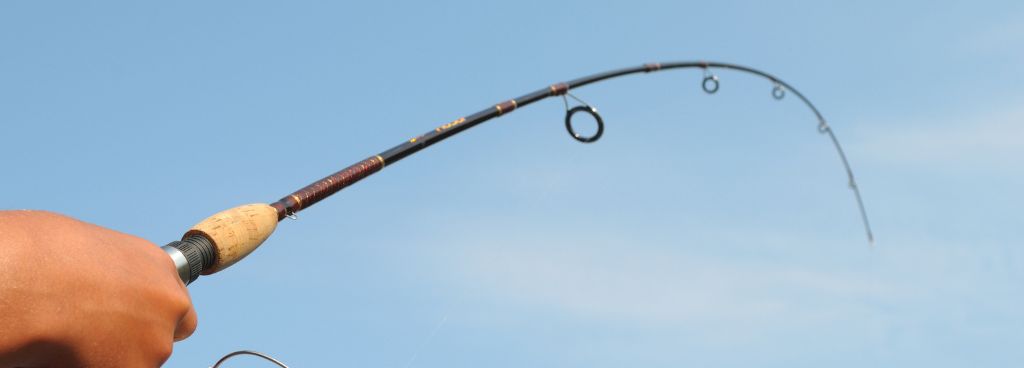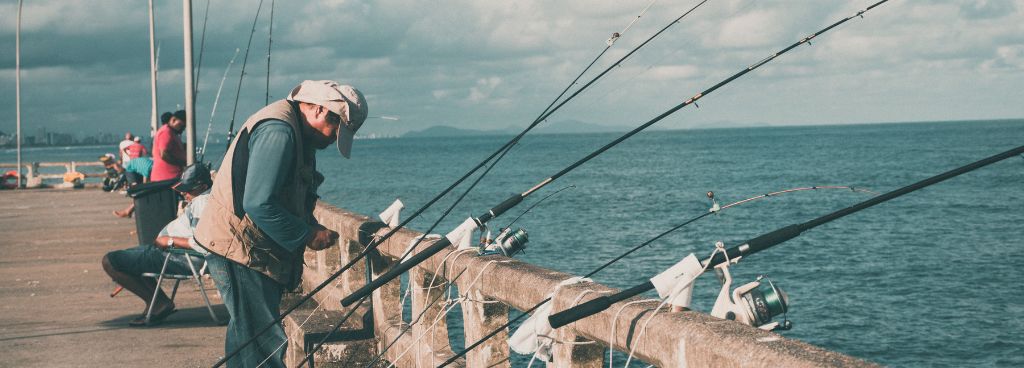Stories Worth Reeling In...
Last Updated on September 27, 2023
When it comes to angling, one of the recurring debates among fishing enthusiasts revolves around the significance of fishing rod length. Some argue that it plays a crucial role in casting distance, accuracy, and overall fishing experience, while others believe it is a matter of personal preference and doesn’t make a significant difference.
In this in-depth guide, we aim to shed light on the relevance of fishing rod length and provide valuable insights. By understanding the impact of rod length, anglers can make informed decisions and optimize their fishing performance. So, let’s dive in and unravel the mystery surrounding fishing rod length!
Table of Contents
Fishing rod length refers to the measurement of the rod from the tip to the butt section, typically expressed in feet and inches. It is an important factor to consider when selecting a fishing rod as it directly affects casting performance and overall fishing experience.
The relationship between rod length and casting performance is multifaceted. Longer rods generally offer increased casting distance due to their ability to generate greater rod tip speed. This extra length allows anglers to launch their baits or lures farther, reaching fish that are positioned at a distance.
On the other hand, shorter rods excel in scenarios where precision and control are crucial. They offer enhanced maneuverability, making them ideal for fishing in tight spaces or areas with dense cover. Anglers can easily navigate around obstacles and make accurate casts with shorter rods.
When fishing in open waters, such as lakes or oceans, where long casts are often required, a longer rod can provide the necessary distance and leverage. Conversely, in situations where precise presentations are necessary, such as finesse fishing or targeting fish in heavy cover, a shorter rod offers better control and accuracy.
Different fishing techniques also benefit from specific rod lengths. For example, longer rods are favored in techniques like surf fishing, where anglers need to cast beyond breaking waves to reach fish in deeper waters. In contrast, shorter rods are commonly used in techniques like jigging or vertical fishing, where precise control and sensitivity are paramount.
Different fish species have distinct behaviors and habitats, requiring specific rod lengths to effectively target them. For example, if you’re primarily targeting small panfish in a freshwater pond, a shorter rod between 5 to 7 feet in length may be sufficient. However, if you’re aiming to catch larger saltwater species like tarpon or marlin, a longer rod ranging from 7 to 10 feet or more would be more suitable to handle their power and size.
In freshwater fishing, where casting accuracy and maneuverability are often essential, shorter rods are favored. They provide better control in areas with dense vegetation or obstacles. On the other hand, in saltwater fishing or scenarios that require longer casts, such as surf fishing or offshore angling, longer rods provide the necessary leverage and casting distance to reach fish in deeper waters.
Specific angling techniques also have their preferred rod lengths. For example, in bass fishing, techniques like flipping and pitching benefit from shorter rods, typically around 6 to 7 feet, as they provide better control and accuracy when targeting fish near cover or structure. In contrast, techniques like crankbait fishing or long-distance casting may require longer rods, ranging from 7 to 8 feet or more, to achieve the desired casting distance and retrieve action.

One notable benefit is their enhanced maneuverability, especially in areas with limited space or dense vegetation. With a shorter rod, anglers can easily navigate through tight spots and make accurate casts with precision.
Shorter rods tend to be more sensitive, allowing anglers to detect even the slightest nibbles and bites. This heightened sensitivity improves strike detection and increases the chances of hooking fish successfully.
However, one drawback of shorter rods is their limited casting distance, which may pose a challenge when trying to reach fish in deeper waters or distant targets.
One significant benefit is the increased casting distance they provide. With a longer rod, anglers can launch their baits or lures farther out, reaching fish that are located at a distance or in deeper waters. Longer rods also offer improved leverage, allowing anglers to generate more power and control while fighting against larger fish species.
It’s important to note that longer rods may present challenges in tight spaces or areas with overhead obstacles. Maneuvering and making accurate casts can be more difficult due to the extended length of the rod.
A longer rod will allow you to cast further. It’s actually that easy. If the power and action are identical, a 7-foot rod will cast the same lure farther than a 6-foot rod. If the lure is light, such as 1/8 ounce, it may be more manageable on a softer, shorter rod than a longer rod.
Different fishing scenarios call for specific rod lengths that can optimize your angling experience:

Remember, the fishing rod is your most important tool on the water, and choosing the right length can significantly impact your success. So, go out there, explore different rod lengths, and embark on unforgettable fishing experiences with the perfect rod in your hands.
Stay tuned for more informative guides and insights as I continue to provide valuable resources to help you excel in your angling pursuits. Happy fishing!